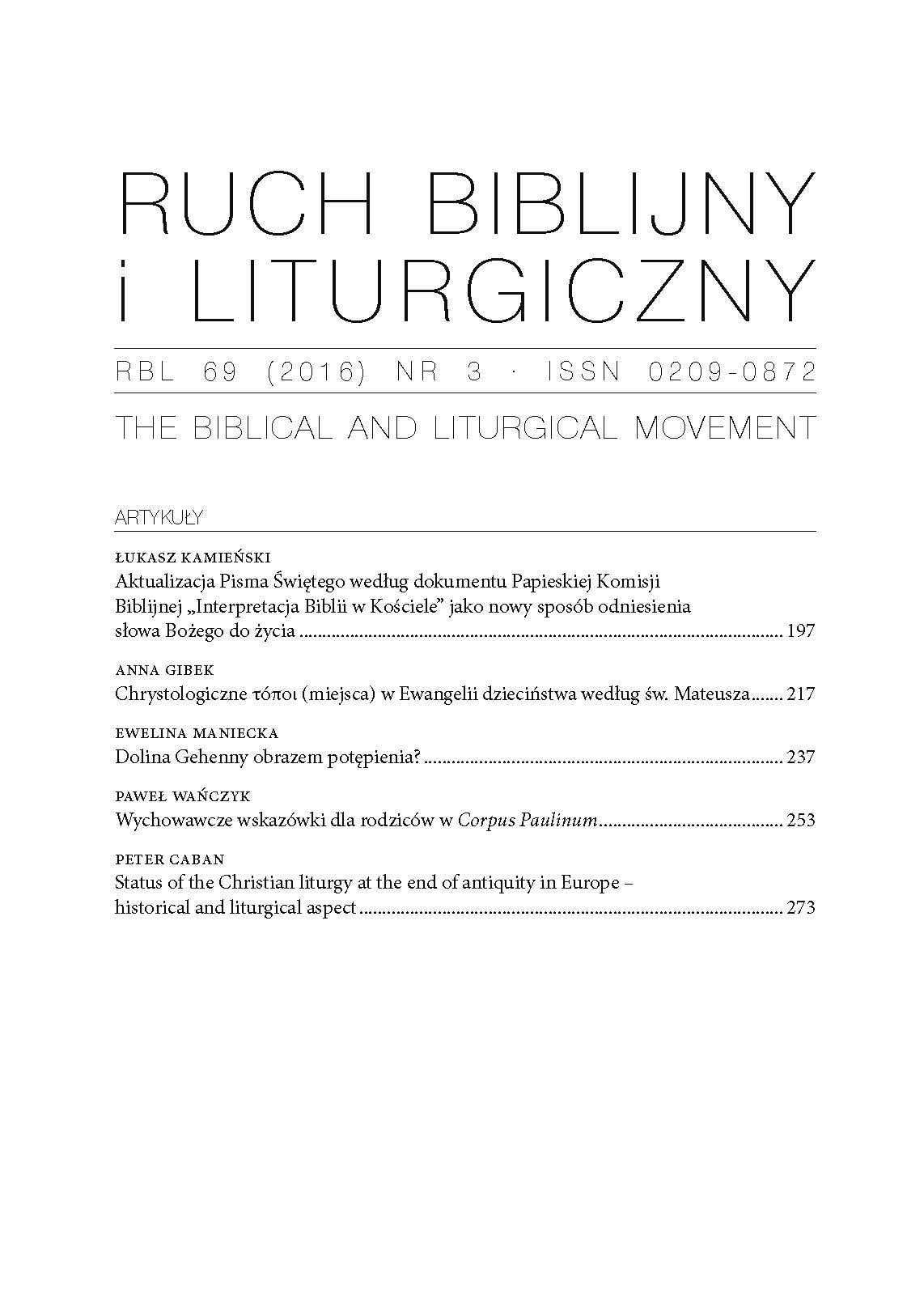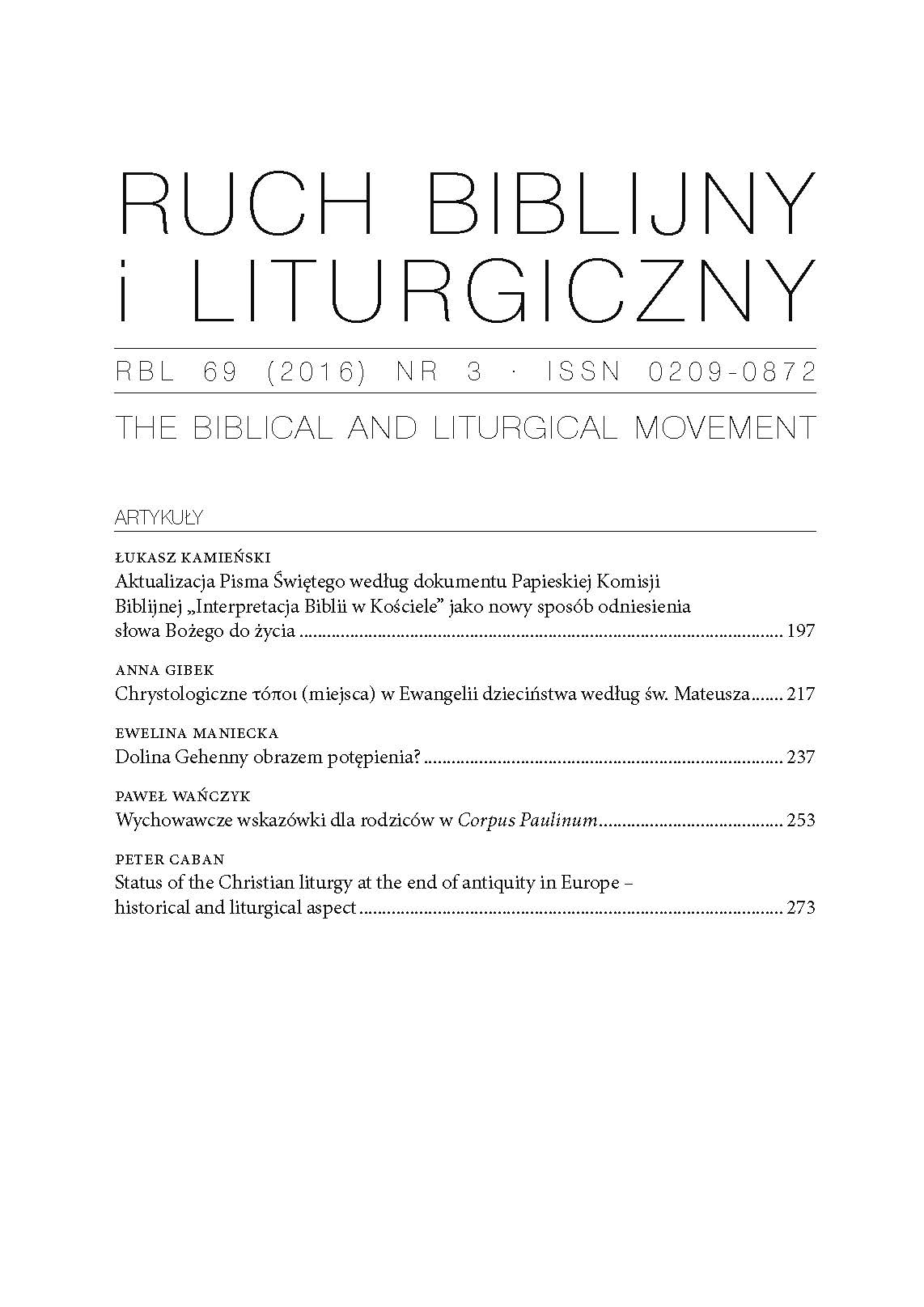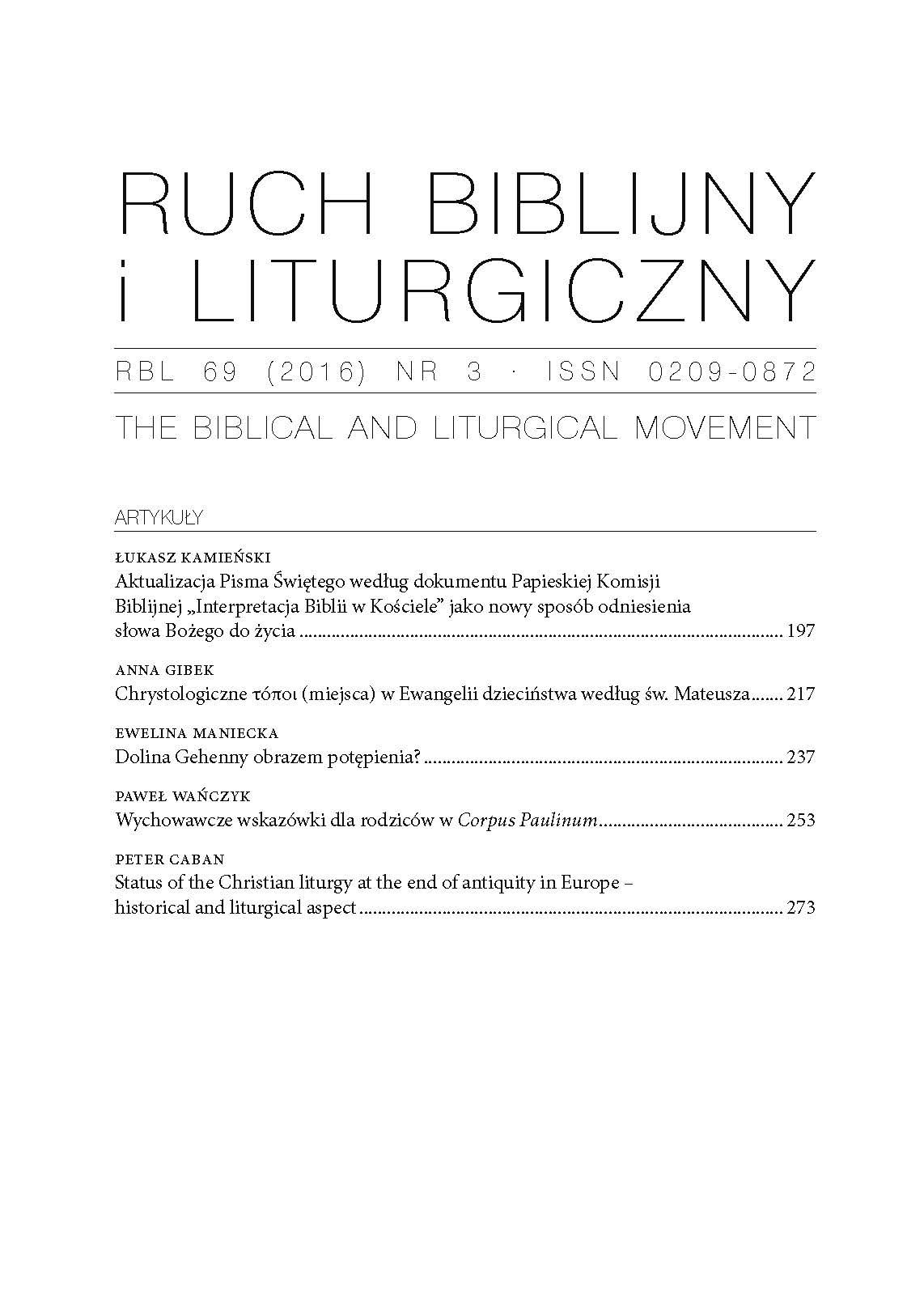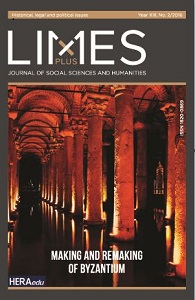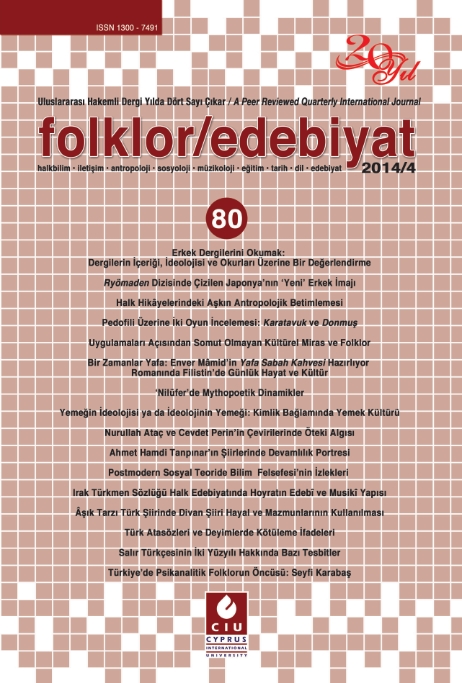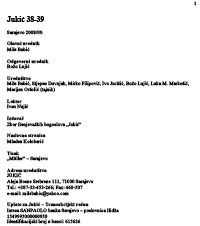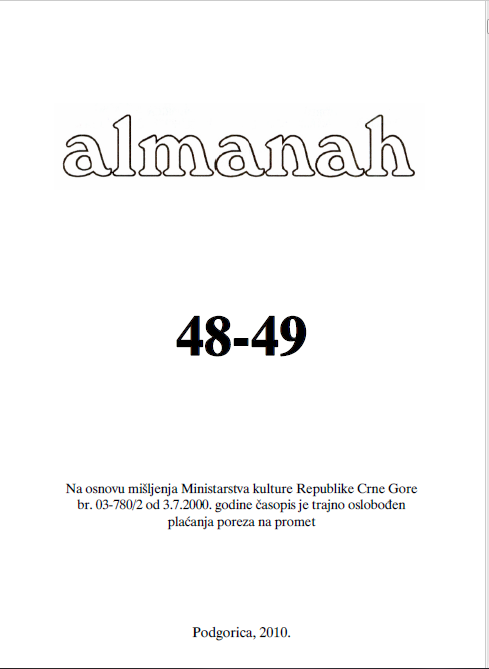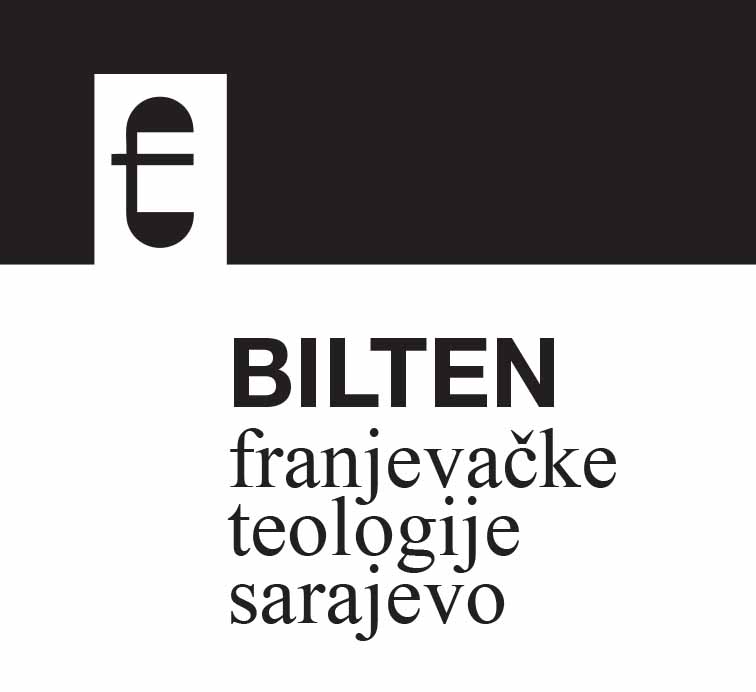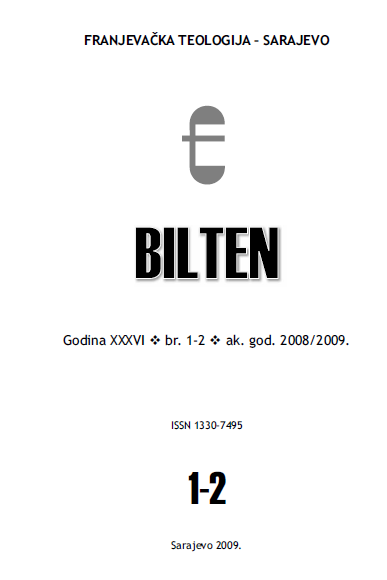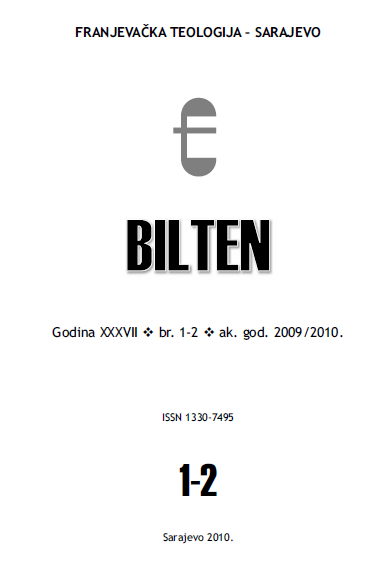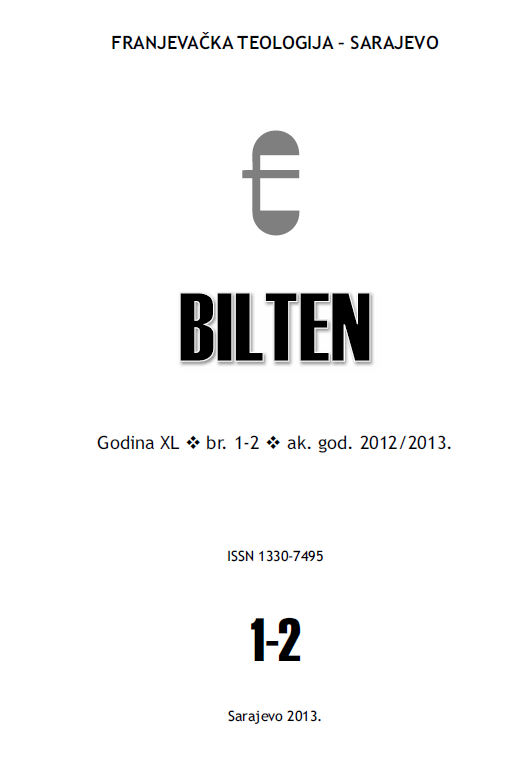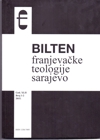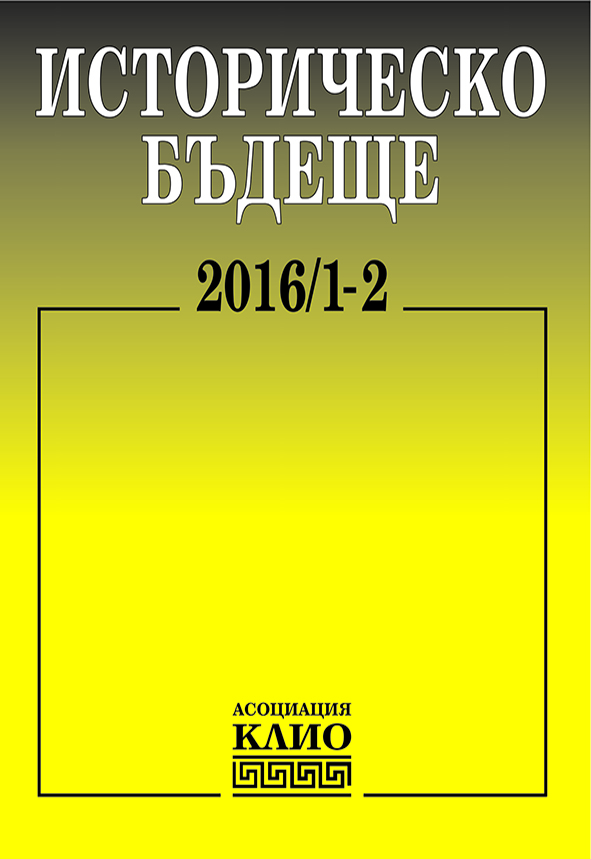
Българо-босненски династически бракове през XIV век
The history of the marriage diplomacy between the Bulgarian kingdom and Bosnia is particularly short and this is not surprising, considering the fact that the two Balkan nations never shared a border. However, they seem to have had common interests and the will to accomplish them with common efforts, the marriage alliance between the ruling dynasties speaking for that. The interdynastic marriages are only two, both of them occurring in the 14th century – in 1329 and in 1374. In both cases Bulgarian princesses were sent to the Bosnian ruling house. In both cases the rulers from the most prominent dynasties of both countries were intermarried – the Asen dynasty from the Bulgarian side and the Kotromanić from the Bosnian side. In the first case, the Bulgarian king Michael III Shishman Asen got intermarried with ban Stephen II Kotromanić by sending him his relative as a wife, and in the second one – the Vidin Tsar Ivan Sratsimir got intermarried to one of the most prominent Bosnian rulers Tvrtko I – ban of Bosnia, later also king of Serbia and Bosnia, who got married to Ivan Sratsimir’s daughter, Doroteya. The first marriage was most certainly concluded on the initiative of the Bulgarian ruler and was indicative of the expanded diplomatic horizon of Michael Shishman. The interdynastic marriage joined in affinity the rulers of the two countries, which at the time of the wedding were an enmity with Serbia located between them. Apparently, it was a guarantee for an anti-Serbian military alliance and was a part of the big diplomatic preparation, carried out by Michael Shishman before his decisive clash with Serbia, which for decades expanded its territory in the Macedonia region, at the expense of lands inhabited by Bulgarians. Bosnia, which was located in the rear of the of Serbs, could play a key role in the major offensive against king Stephen Dechanski, planned by the Bulgarian ruler. As an idea, the Bulgarian-Bosnian military alliance, fastened by a dynastic marriage, can definitely be considered a successful move of the marital diplomacy of this ruler. Unfortunately, however, the Bulgarian-Serbian war was ended with the first battle and the death of the Bulgarian Tsar, which made the marriage between Stephen II Kotromanić and the Bulgarian princess politically irrelevant only a year after their wedding. The marriage of Tvrtko I and Doroteya, although part of the history of the Bulgarian-Bosnian interdynastic marriages, is not actually part of the marital diplomacy of the Bulgarian ruler Ivan Sratsimir, since it was concluded on the initiative and for the purposes of the Hungarian ruler Ludovik I the Great. Still, as a result of this marriage, the Bulgarian princess Doroteya left her name in the Bosnian history as the first queen of this Balkan country.
More...
